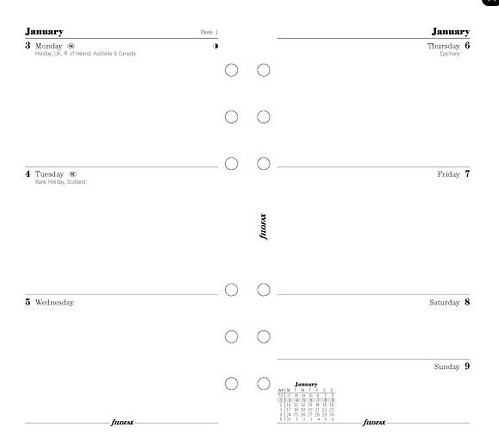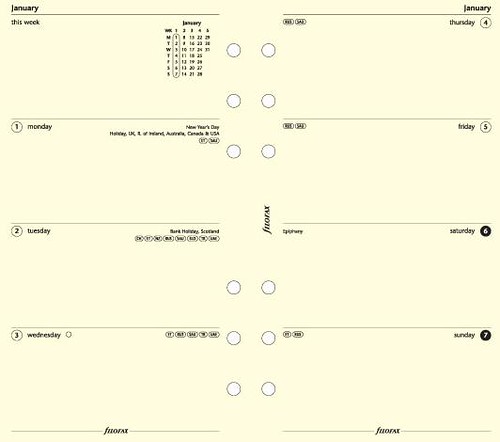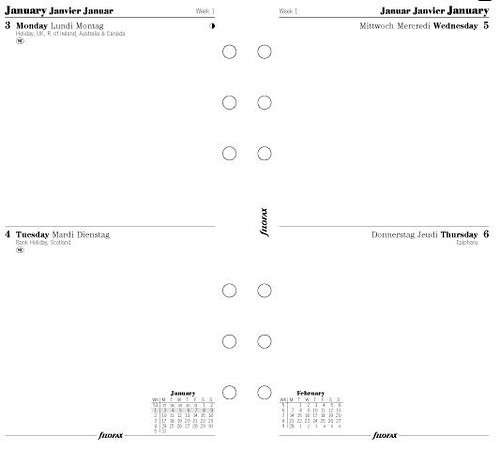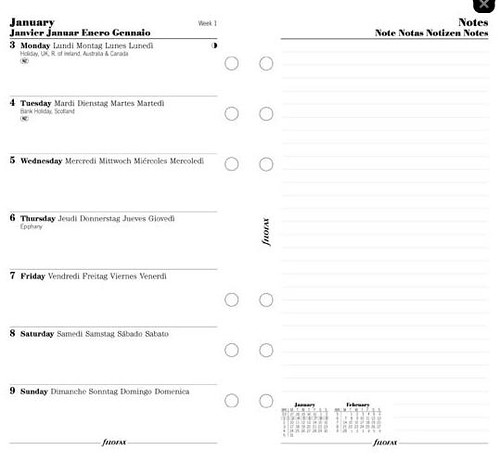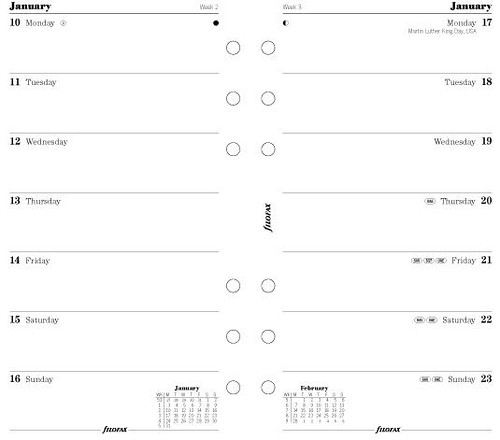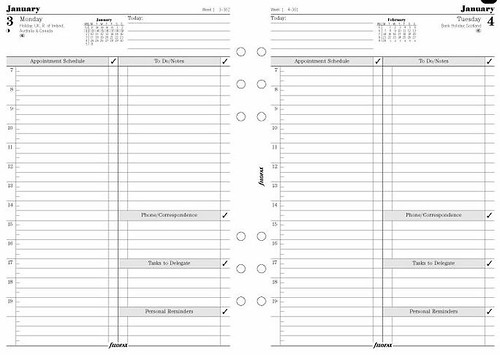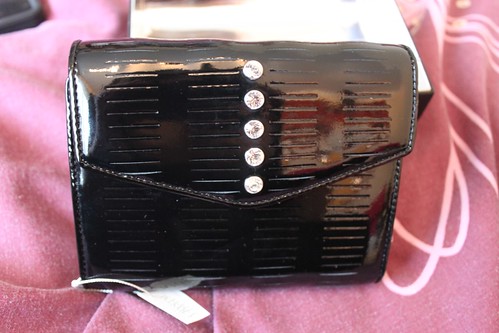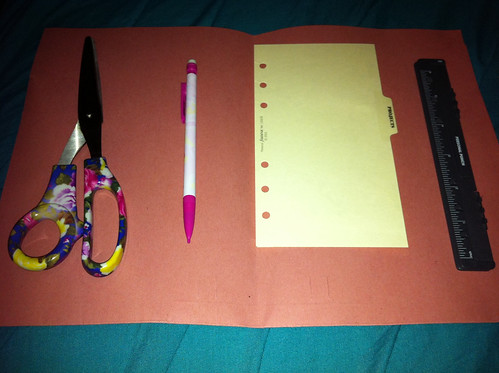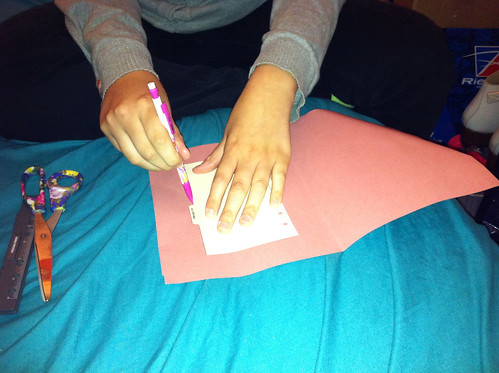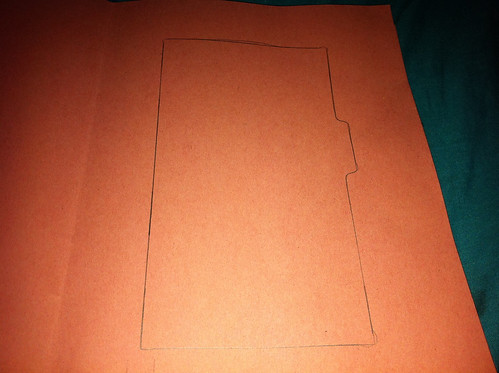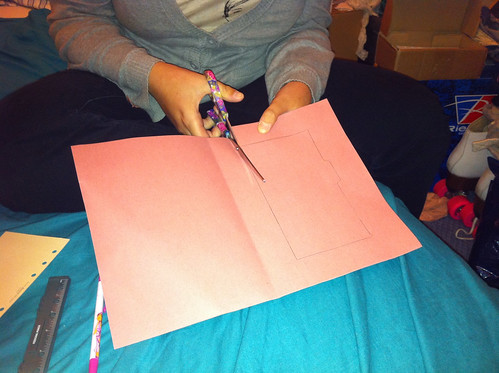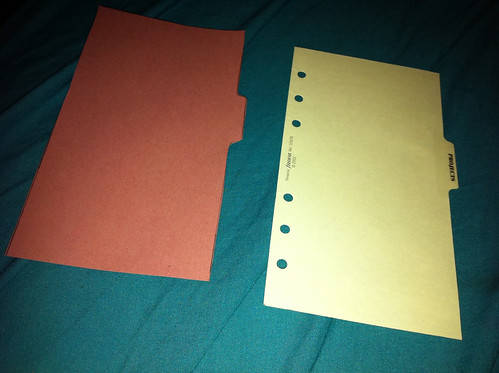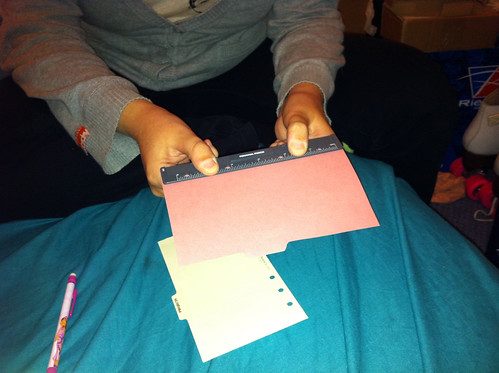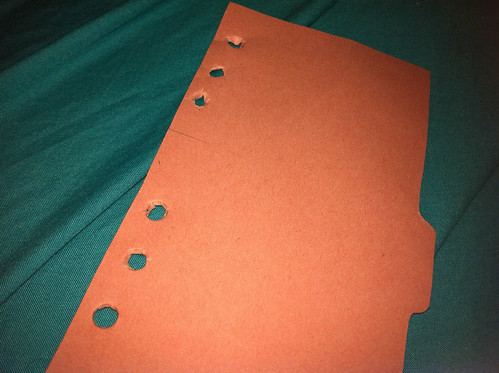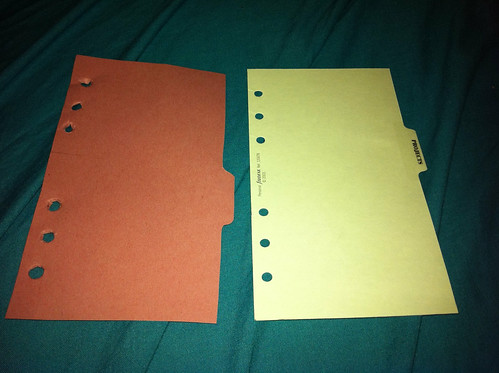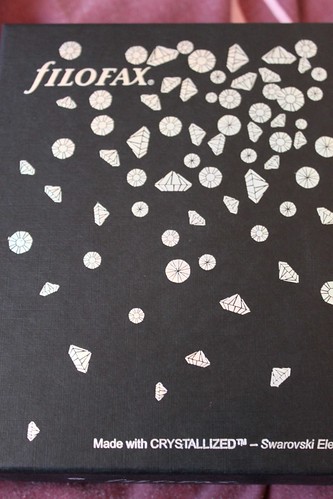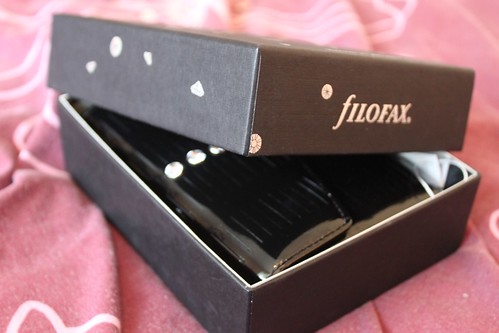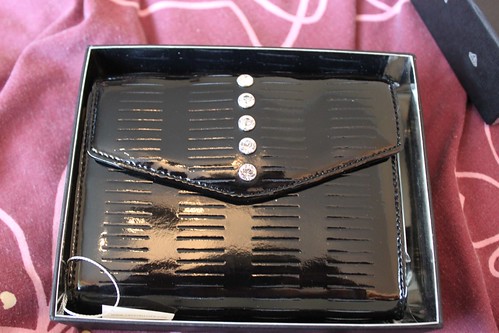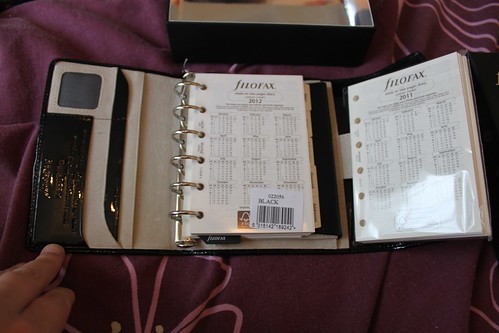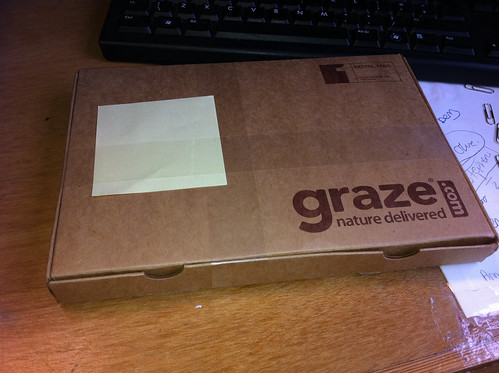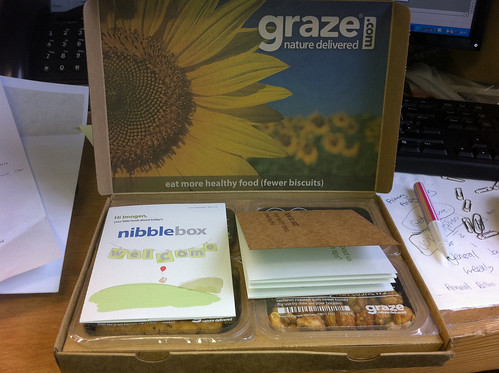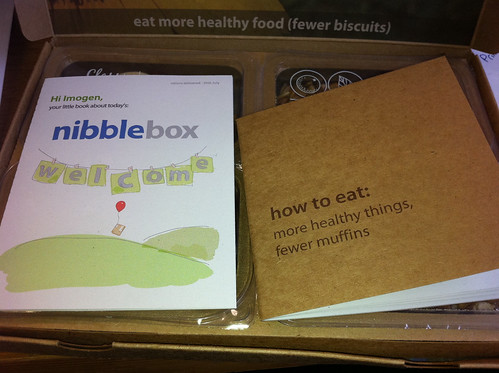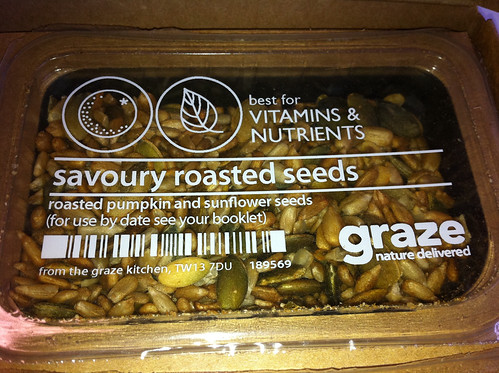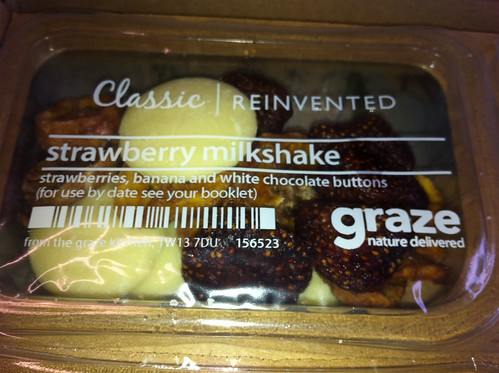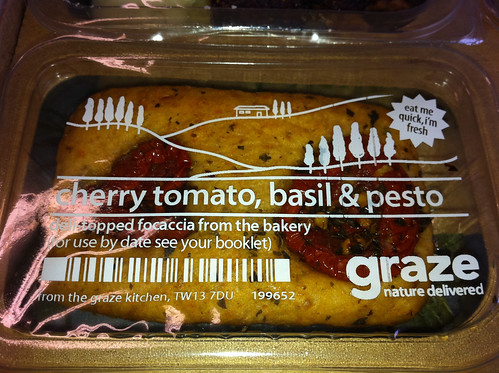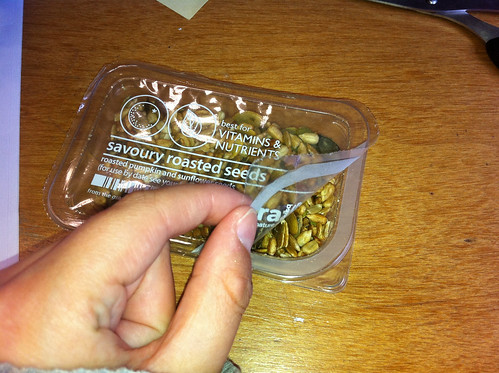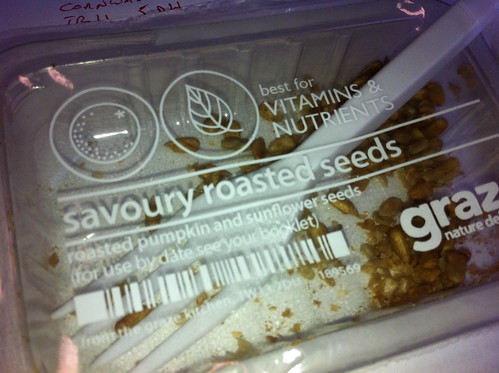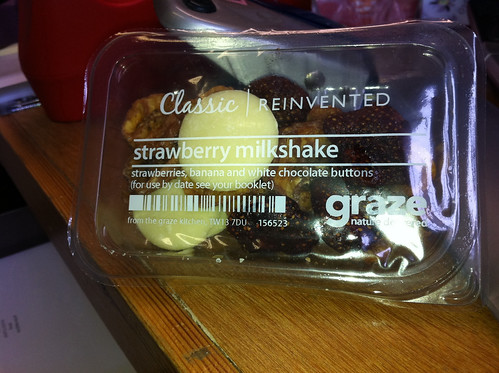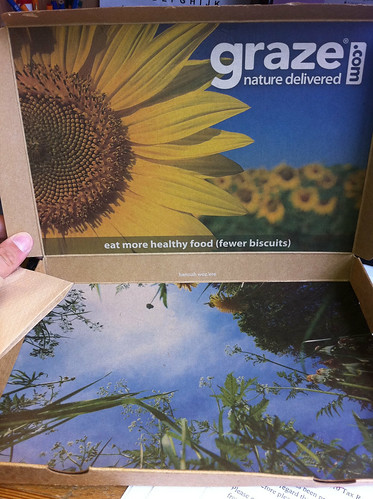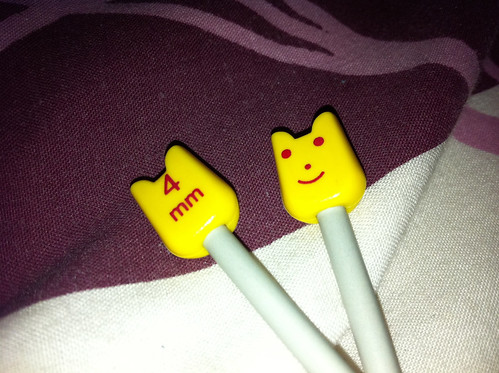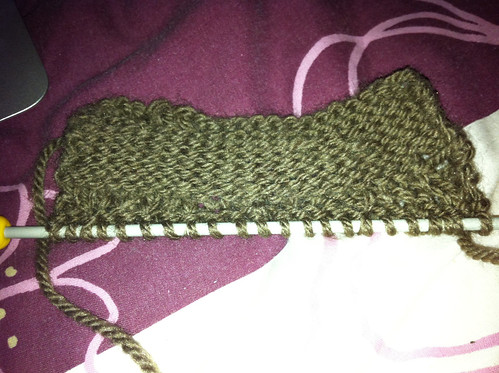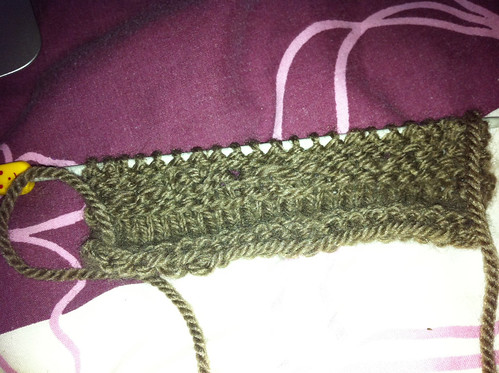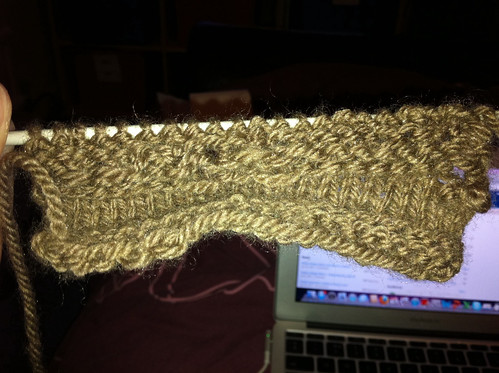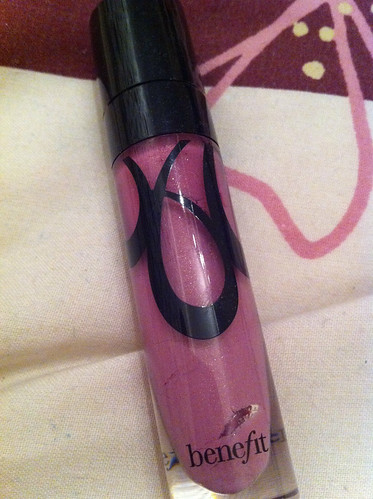Today we have an EXTRA SPECIAL TREAT for you, we have a guest teacher in the building, and she goes by the name of Laurie, most of you will know her from Plannerisms, but if you don’t, you should go read her blog, its magical, and full of all the planners you need to know about, she has reviewed most planners! She is pretty lovely! <3 THANK YOU LAURIE!!!! :-D
Hello students! Today’s lesson here at Filofax College is on choosing your diary insert(s) for your Filofax.
It’s easy to get overwhelmed by the plethora of diary insert choices available. Don’t worry! I’ll walk you through and help you decide what you need.
Filofax diary inserts come in an array of formats including monthly, weekly (in various permutations), two days per page, day per page, and one day on two pages. Note that not all diary formats are available for all binder sizes. The Personal size binders have the largest selection of diary insert formats.
Other brands of diary inserts that fit into Filofax personal size binders are Franklin Covey, Dayrunner and others, but I won’t get into those here. Another option is to print your own diary inserts and hole-punch them to fit, which is especially useful if you use an A5 size binder.
So now let’s talk about your own needs and narrow down the selection for you.
First of all, I recommend everyone use a monthly view calendar. There are a few monthly options including month on two pages, month on one page with notes, or a pull-out annual calendar with the months as columns. Whichever you choose, you need to be able to see the entire month at a time to see paydays and bills due; other due dates and deadlines; travel and holidays; patterns of events and forward-planning of appointments. Depending on how many pages and notes you keep in your Filofax, you might not be able to hold an entire year’s worth of diary pages in your binder at once so the monthly pages serve as your future-planning.
The real “meat” of your diary section in your Filofax will be the diary pages you use most often every day.
Most Filofax binders come supplied with a week on two pages diary insert, which is the most popular format and serves most people’s needs. You can use the daily spaces to plan appointments and record details of your day. You can also buy a weekly diary insert if you want one that’s different from the one provided in your Filofax. For A5 binders you can choose between weekly vertical (with the days as columns) or horizontal formats. Personal and Pocket binders have week on two pages inserts available in white or cotton cream paper.
If you find the day spaces in the week on two pages too small, but don’t want the bulk of using one day per page, the two days per page might be an option for you. It’s a good compromise between larger day spaces than the week view, and fewer pages than daily diary inserts.
If you have fewer appointments and more notes and lists each week you may prefer the “week plus notes” format which has the days of the week on the left page and the right page lined for notes and lists.
Alternatively, if you have very few things to write in your daily spaces you might want the space-saving week per page, which gives you an overview of two weeks at a glance.
If you have a lot of appointments, daily notes and things to record you will want a day per page or even a day across two pages (which is available on the Filofax USA website). This will allow you to write lots of details each day. However, I strongly recommend you use a daily diary along with a monthly calendar for forward planning and an overview of the upcoming weeks. Without a forward view it’s very difficult to plan ahead with only daily pages.
Some people use a combination of daily, weekly and monthly pages in their Filofax, but please be careful if you do this. In my own experience, it’s very difficult to keep up with three different formats for planning ahead. With three separate places to record upcoming appointments and events, it’s easy to forget to write something in all three places, then later the appointment is overlooked or double-booked.
I recommend writing forward appointments and events in a maximum of two places (such as monthly, and either daily or weekly). A way to incorporate monthly, weekly and daily pages is to use the monthly and weekly for your forward-planning, and daily pages for recording and planning only the current day. I use this method with much success.
One of the many wonderful things about Filofax is the flexibility of using whatever diary inserts you need, whenever you need them. If you normally use the week on two pages but are having a very busy time, you can add in daily pages for more space to write. If you go on vacation, you can switch to monthly-only or week per page inserts to save space during times when you don’t need much planning space.
If you graduate or get a new job and suddenly need a new diary format, you can easily put the new pages into your binder. Your Filofax can hold whatever diary pages you need, whenever you need them!
So there’s the rundown of your diary choices! Here’s the summary:
Monthly: recommended for everyone, great for forward planning.
Week on two pages: works for most planning needs.
Two days per page: more space to write each day, less bulky than daily pages.
Week plus notes: good if you have fewer appointments and more lists each week.
Week per page: good for an overview of two weeks at a time, for people with few appointments.
Day per page, or day on two pages: great for anyone who wants to write lots of details each day and/ or has lots of appointments.
Personal
A5
I hope you have found today’s lesson helpful and informative! Happy planning! :-)




